Previous Day - Next Day
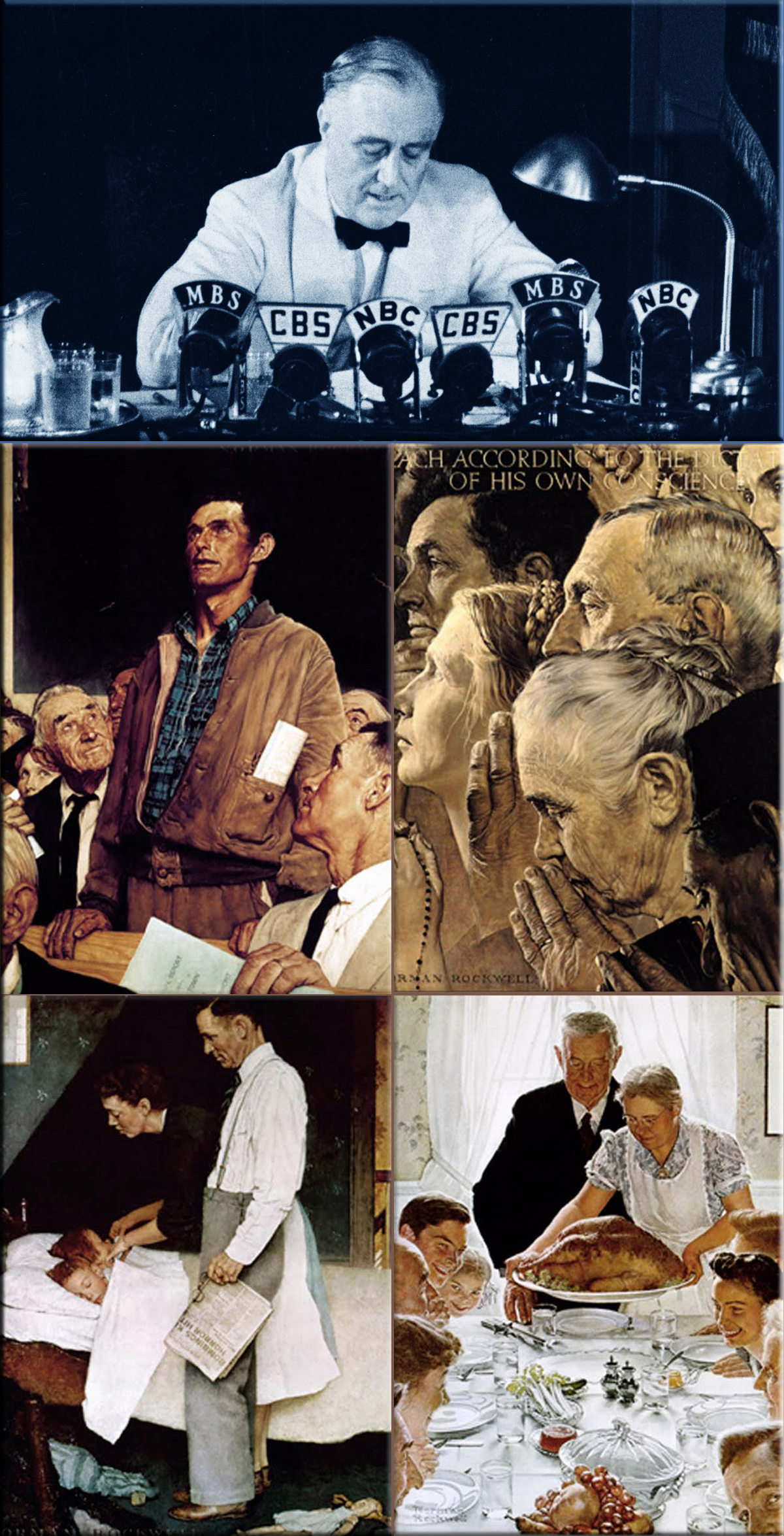
“The only thing we have to fear is fear itself — nameless, unreasoning, unjustified terror which paralyzes needed efforts to convert retreat into advance.”
~ Franklin Delano Roosevelt
Wikiquote (Franklin Delano Roosevelt (January 30, 1882 – April 12, 1945), often referred to by his initials FDR, was the 32nd President of the United States. FDR's 8th State of the Union address, also known as the "Four Freedoms" speech (delivered January 6, 1941).)
(Norman Rockwell's Four Freedoms; Freedom of Speech, Freedom of Worship, Freedom from Want and Freedom from Fear.)
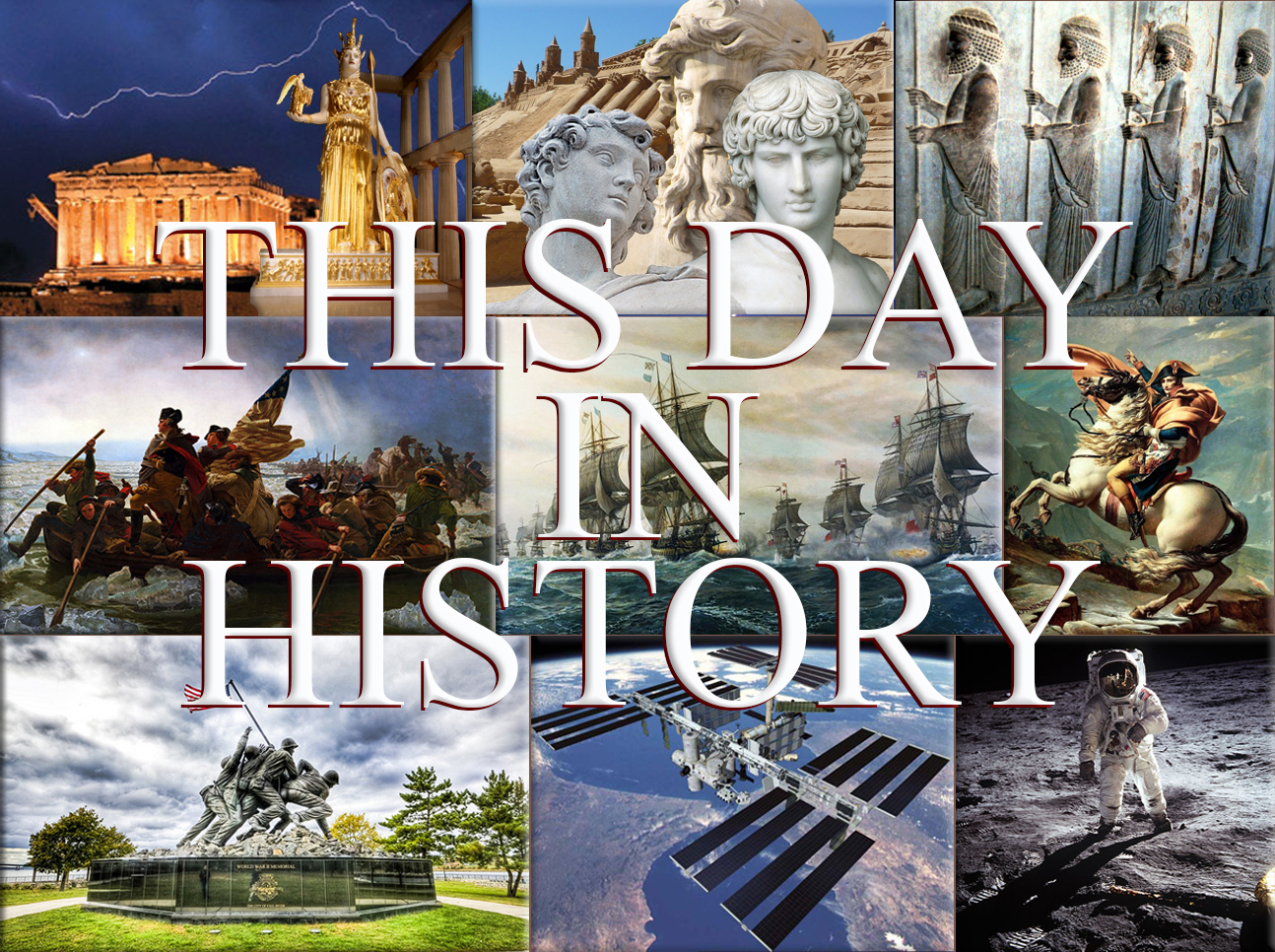
January 30th, 1018

Peace of Bautzen: is signed between Poland and Germany.
Wikipedia Painting: Bautzen eastern Saxony, Germany
January 30th, 1648
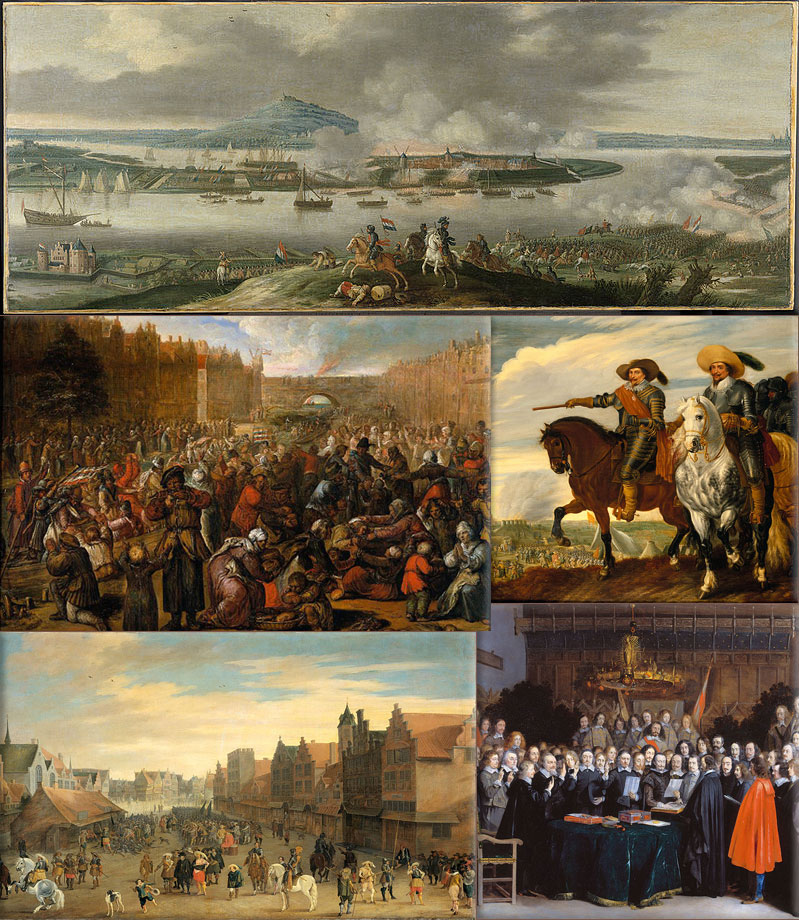
Eighty Years' War:
1648 - Treaty of Münster and Osnabrück is signed, ending the conflict between the Netherlands and Spain.
Wikipedia Painting: Siege of the Schenkenschans by Gerrit van Santen; Relief of Leiden after the siege, (1574); Frederick Henry and Ernst Casimir at the siege of 'sHertogenbosch by Pauwels van Hillegaert; Disarming the waardgelders in Utrecht, 31 July 1618, by Joost Cornelisz. Droochsloot; Swearing of the Peace of Münster by Gerard ter Borch.
January 30th, 1649

English Civil War:
1649 - King Charles I of England is beheaded.
1661 - Oliver Cromwell, Lord Protector of the Commonwealth of England is ritually executed two years after his death, on the anniversary of the execution of the monarch he himself deposed.
Wikipedia Painting: English Civil War (1642–1651) was a series of armed conflicts and political machinations between Parliamentarians (Roundheads) and Royalists (Cavaliers);
John Milton publishes Areopagitica;
Battle of Naseby, victory of the Parliamentarian New Model Army;
Battle of Marston Moor, 1644;
"Cromwell at Dunbar", by Andrew Carrick Gow; Oliver Cromwell; King Charles I, painted by Van Dyck;
"And when did you last see your father?" by William Frederick Yeames.
January 30th, 1667
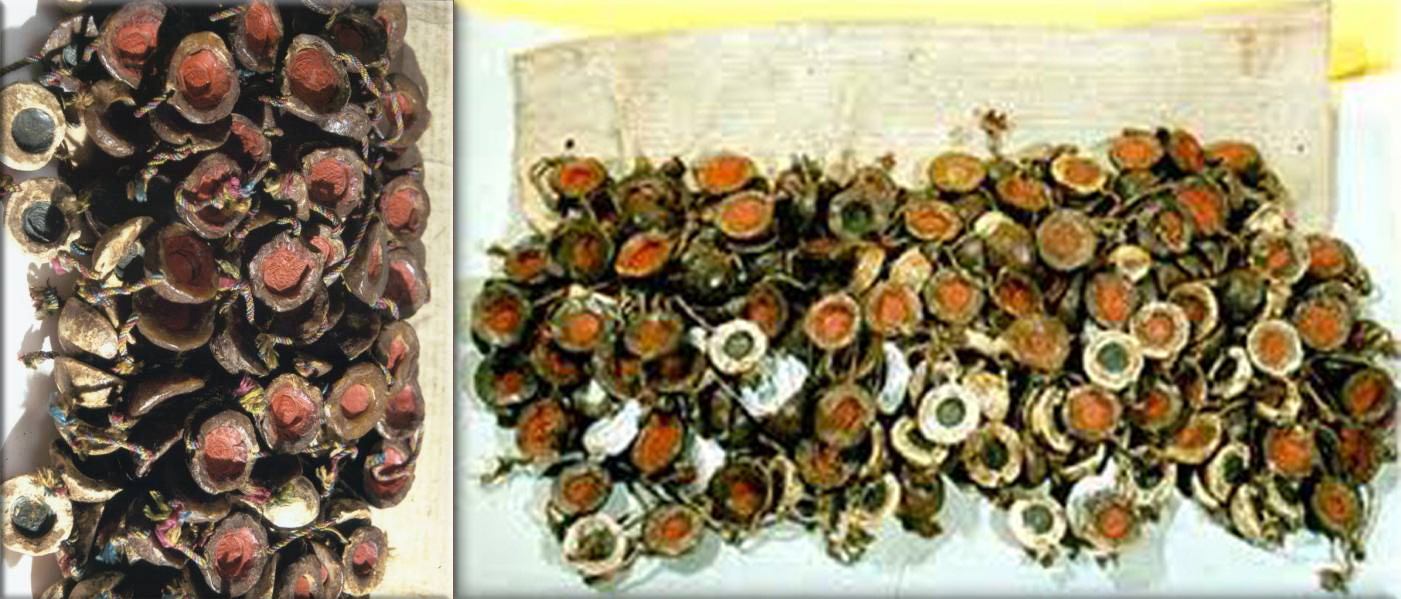
Treaty of Andrusovo: The Polish-Lithuanian Commonwealth cedes Kiev, Smolensk and left-bank Ukraine to the Tsardom of Russia.
Wikipedia Painting: Warsaw Confederation (January 28, 1573); an important development in the history of Poland and Lithuania that extended religious tolerance to nobility and free persons within the Polish-Lithuanian Commonwealth is considered the formal beginning of religious freedom in the Polish-Lithuanian Commonwealth, and in fact is the first such document in Europe.
January 30th, 1820
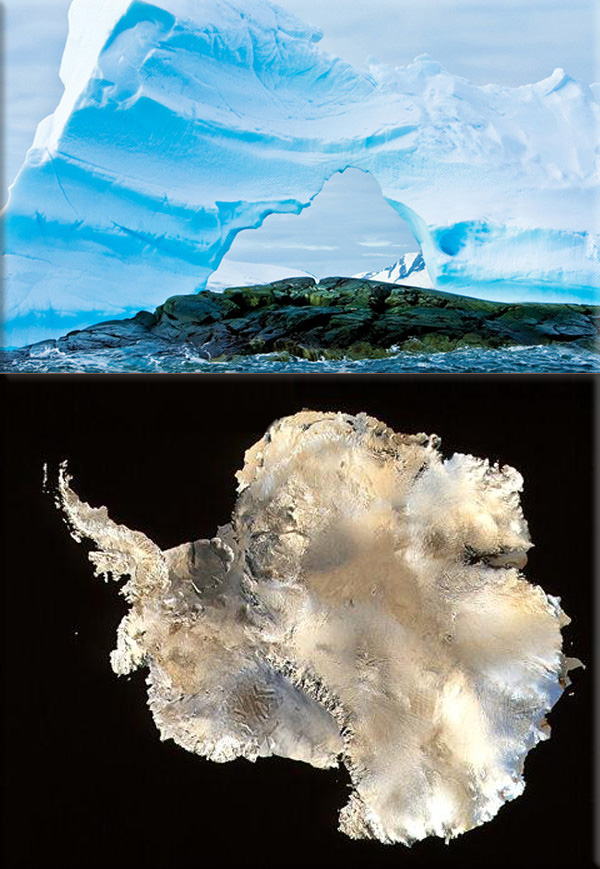
Antarctica:
1820 - Edward Bransfield sights the Trinity Peninsula and claims the discovery of Antarctica.
Wikipedia Photo: Antarctica (8/30/2012), credit National Geographic; Infrared satellite image of Antarctica, credit © Visual Photos.
January 30th, 1826
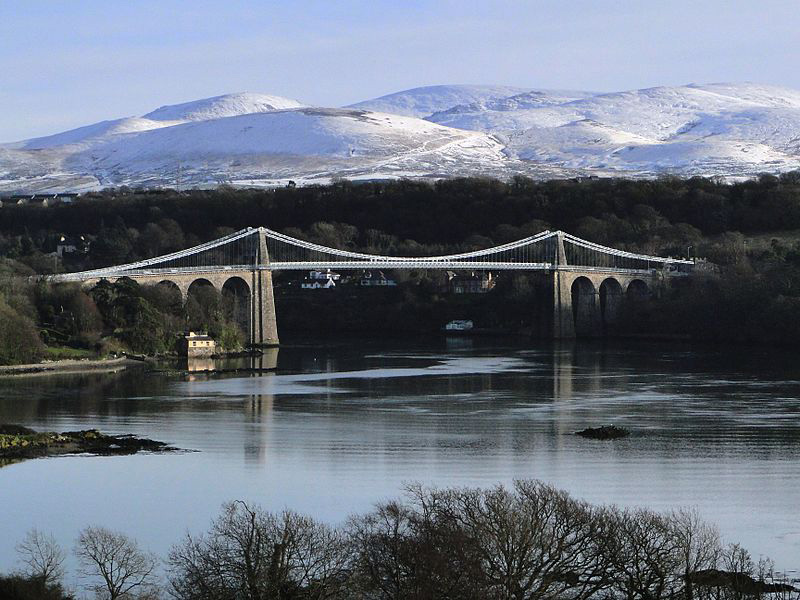
The Menai Suspension Bridge: considered the world's first modern suspension bridge, connecting the Isle of Anglesey to the north West coast of Wales, is opened.
Wikipedia.org Image: The Menai Suspension Bridge: is a suspension bridge between the island of Anglesey and the mainland of Wales.
January 30th, 1835
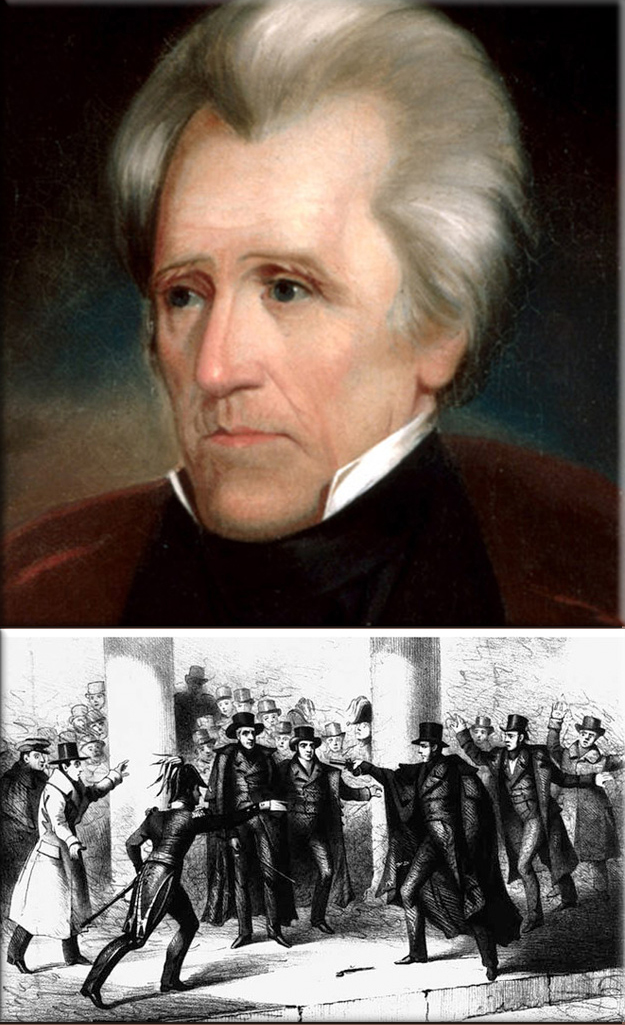
In the first assassination attempt against a President of the United States, Richard Lawrence attempts to shoot president Andrew Jackson, but fails and is subdued by a crowd, including several congressmen.
Wikipedia Image: Richard Lawrence attempts to assassinate United States President Andrew Jackson outside the Capitol.
January 30th, 1847
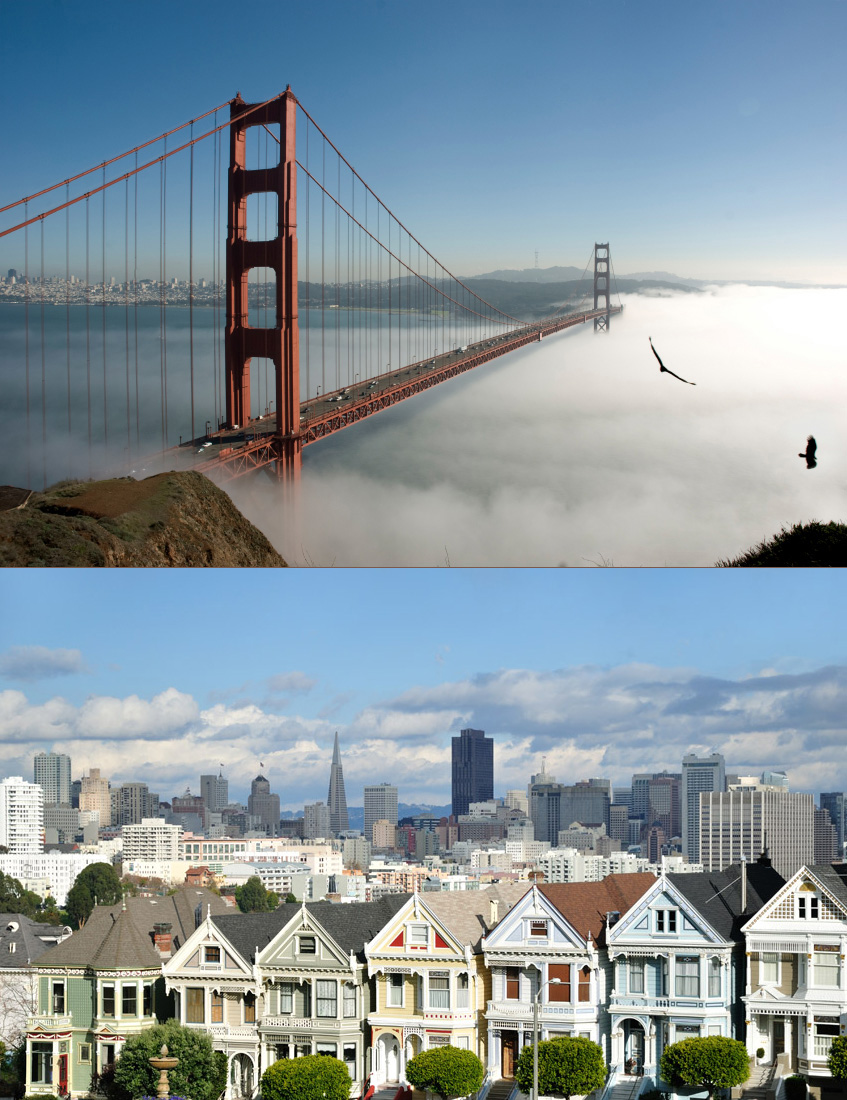
Yerba Buena, California is renamed San Francisco.
Wikipedia Photo: San Francisco, Golden Gate Bridge / Alamo Square Victorian houses
January 30th, 1862
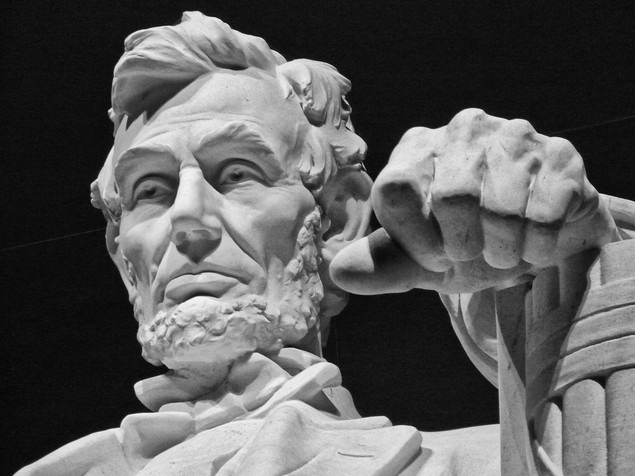
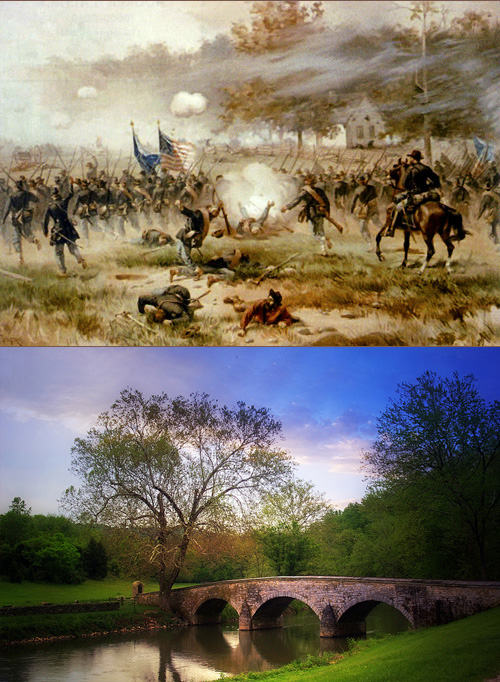
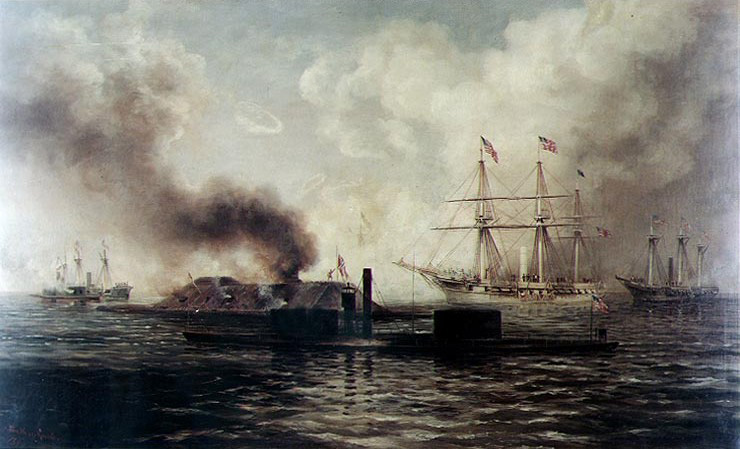
American Civil War:
1862 - The first American ironclad warship, the USS Monitor is launched.
Wikipedia Image: ● Lincoln Memorial; an American national monument built to honor the 16th President of the United States, Abraham Lincoln - located on the National Mall in Washington, D.C. across from the Washington Monument.
● The northern army led by George McClellan and the southern army led by Robert E. Lee met at Antietam Creek, Maryland in September, 1862. It was a bloody battle where 13,000 Confederates and 12,000 Union troops died in just one day. McClellan had hesitated to attack before the battle thus letting the southern troops regroup. Also, he had saved reserves and refused to use them at the end of the battle thinking that Lee was holding reserves for a counterattack, even though those reserves didn't exist. The Union victory stopped Lee's northward advance and was a turning point in the war.
● Battle of Antietam / Stone Bridge at Antietam Battlefield - Sharpsburg, Maryland
● Battle of Mobile Bay (1890) by Xanthus Russell Smith.
● Although photography was still in its infancy, war correspondents produced thousands of images, bringing the harsh realities of the frontlines to those on the home front in a new and visceral way. The Atlantic.
January 30th, 1933
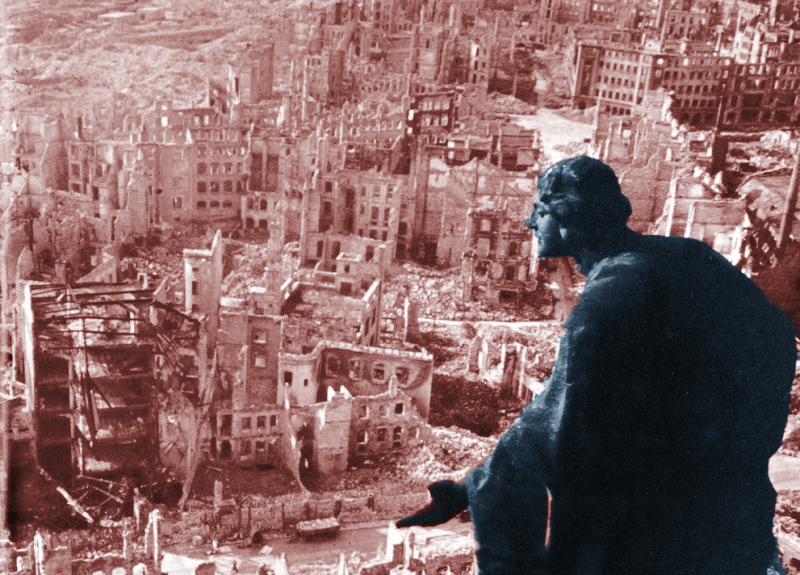

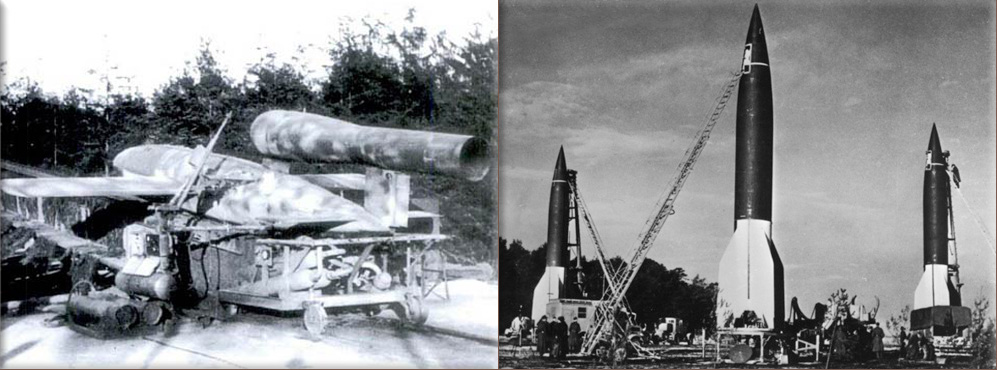
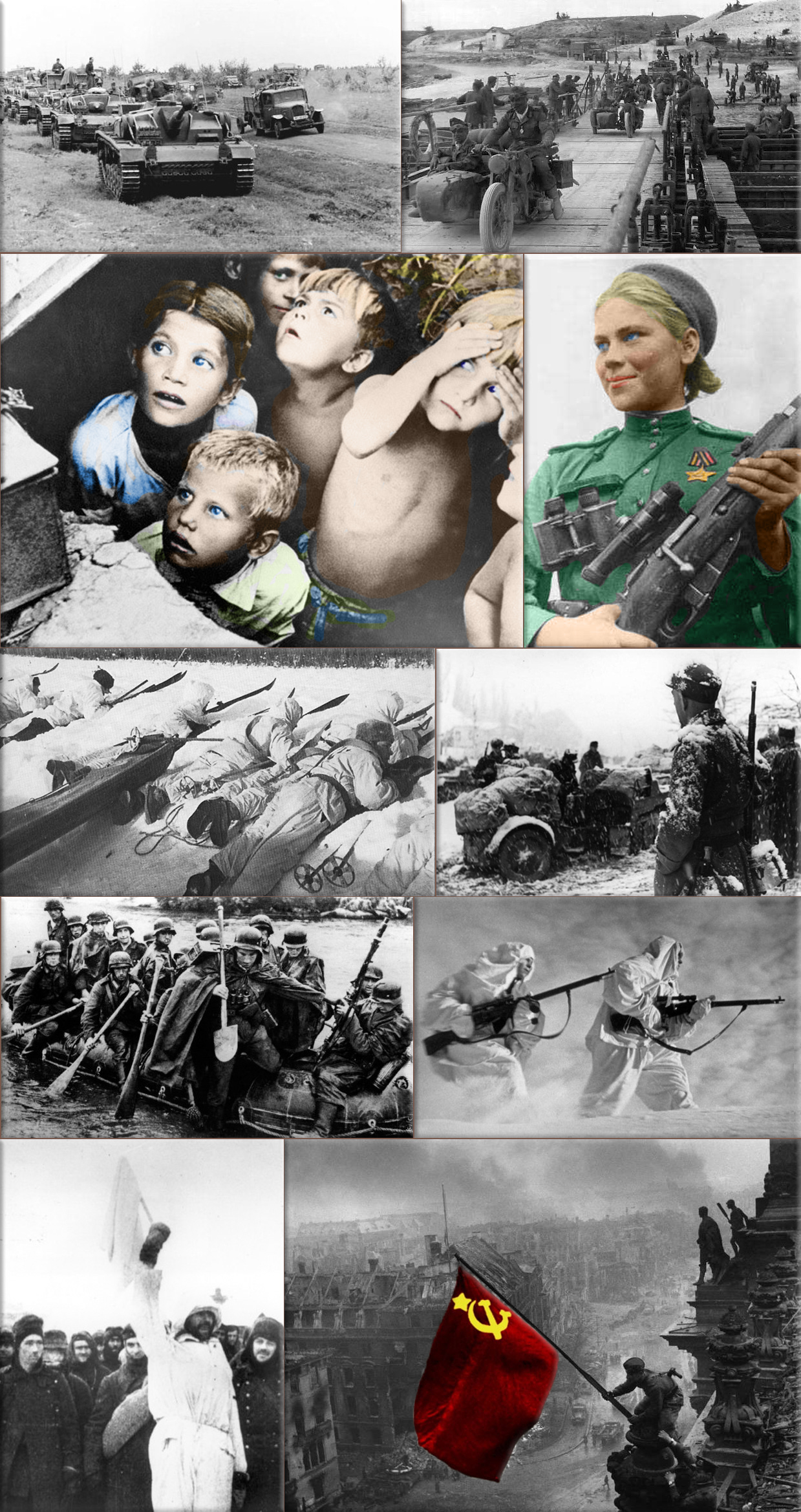
Pre World War II:
1933 - Adolf Hitler is sworn in as Chancellor of Germany.
World War II:
1942 - Battle of Ambon; Japanese invade the island of Ambon in the Dutch East Indies.
1943 - Battle of Rennell Island; The USS Chicago (CA-29) is sunk and a U.S. destroyer is heavily damaged by Japanese torpedoes.
1944 - Operation Shingle; Battle of Cisterna - begins in central Italy.
1944 - American troops land on Majuro.
1945 - The Wilhelm Gustloff, overfilled with refugees, sinks in the Baltic Sea after being torpedoed by a Soviet submarine, leading to the deadliest known maritime disaster, killing approximately 9,400 people.
1945 - Raid at Cabanatuan; 126 American Rangers and Filipino resistance liberate 500 prisoners from the Cabanatuan POW camp.
Wikipedia Photo: Bombing of Dresden in World War II; August Schreitmüller's sculpture 'Goodness' surveys Dresden after a firestorm started by Allied bombers in 1945.
USS Bunker Hill was hit by kamikazes piloted by Ensign Kiyoshi Ogawa and another airman on 11 May 1945. 389 personnel were killed or missing from a crew of 2,600; Ensign Kiyoshi Ogawa, who flew his aircraft into the USS Bunker Hill during a Kamikaze mission on 11 May 1945; Kamikaze Missions - Lt Yoshinori Yamaguchi's Yokosuka D4Y3 (Type 33 Suisei) "Judy" in a suicide dive against USS Essex. The dive brakes are extended and the non-self-sealing port wing tank is trailing fuel vapor and/or smoke 25 November 1944.
German V1 flying-bomb and V2 Rockets - Preparations for a Salvo Launch of V-2 Rockets in the Heidelager near Blizna (Poland) (1944), credit German History in Documents and Images GHDI.
Eastern Front (World War II); Germans race towards Stalingrad. August 1942; Soviet children during a German air raid in the first days of the war, June 1941, by RIA Novosti archive; Soviet sniper Roza Shanina in 1944. About 400,000 Soviet women served in front-line duty units Caucasus Mountains, winter 1942/43; Finnish ski patrol: the invisible enemy of the Soviet Army with an unlimited supply of skis; Men of the German Engineers Corps cross a river which is swollen after the first autumn rains, to strengthen bridges linking the German positions on the central front in Russia. by Keystone / Getty Images. October 1942; Russian snipers fighting on the Leningrad front during a blizzard. Photo by Hulton Archive / Getty Images, 1943; German soldiers surrendering to the Russians in Stalingrad, the soldier holding the white flag of surrender is dressed in white so that there could be no doubt of his intentions, a Russian soldier is on the right of the photograph. by Keystone / Getty Images, January 1943.
January 30th, 1948

Indian pacifist and leader Mohanda Gandhi known for his non-violent freedom struggle is assassinated by Pandit Nathuram Godse, a Hindu extremist.
Wikipedia Photo: Mohandas Karamchand Gandhi (October 2, 1869 – January 30, 1948): commonly known as Mahatma Gandhi, was the preeminent leader of Indian nationalism in British-ruled India. (Employing non-violent civil disobedience, Gandhi led India to independence and inspired movements for non-violence, civil rights and freedom across the world.)
January 30th, 1956

American civil rights leader Martin Luther King, Jr.'s home is bombed in retaliation for the Montgomery Bus Boycott.
Wikipedia Photo: March on Washington for Jobs and Freedom, Francis Miller LIFE / Dr. Martin Luther King Jr. Speech (I Have A Dream) 
January 30th, 1964
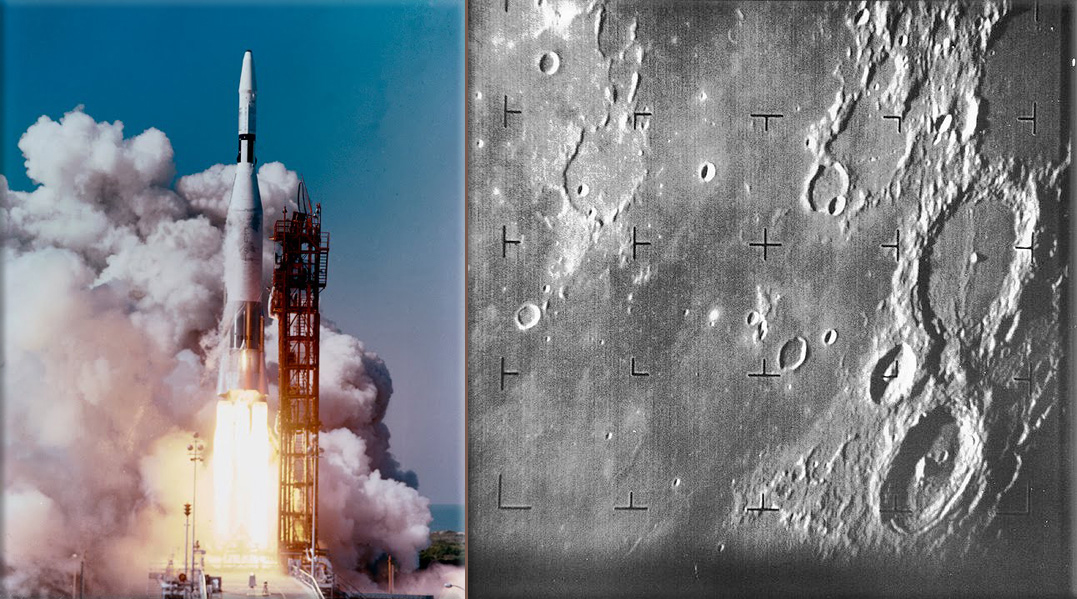
Ranger program: Ranger 6 is launched.
Wikipedia Photo: Ranger program, NASA
January 30th, 1969
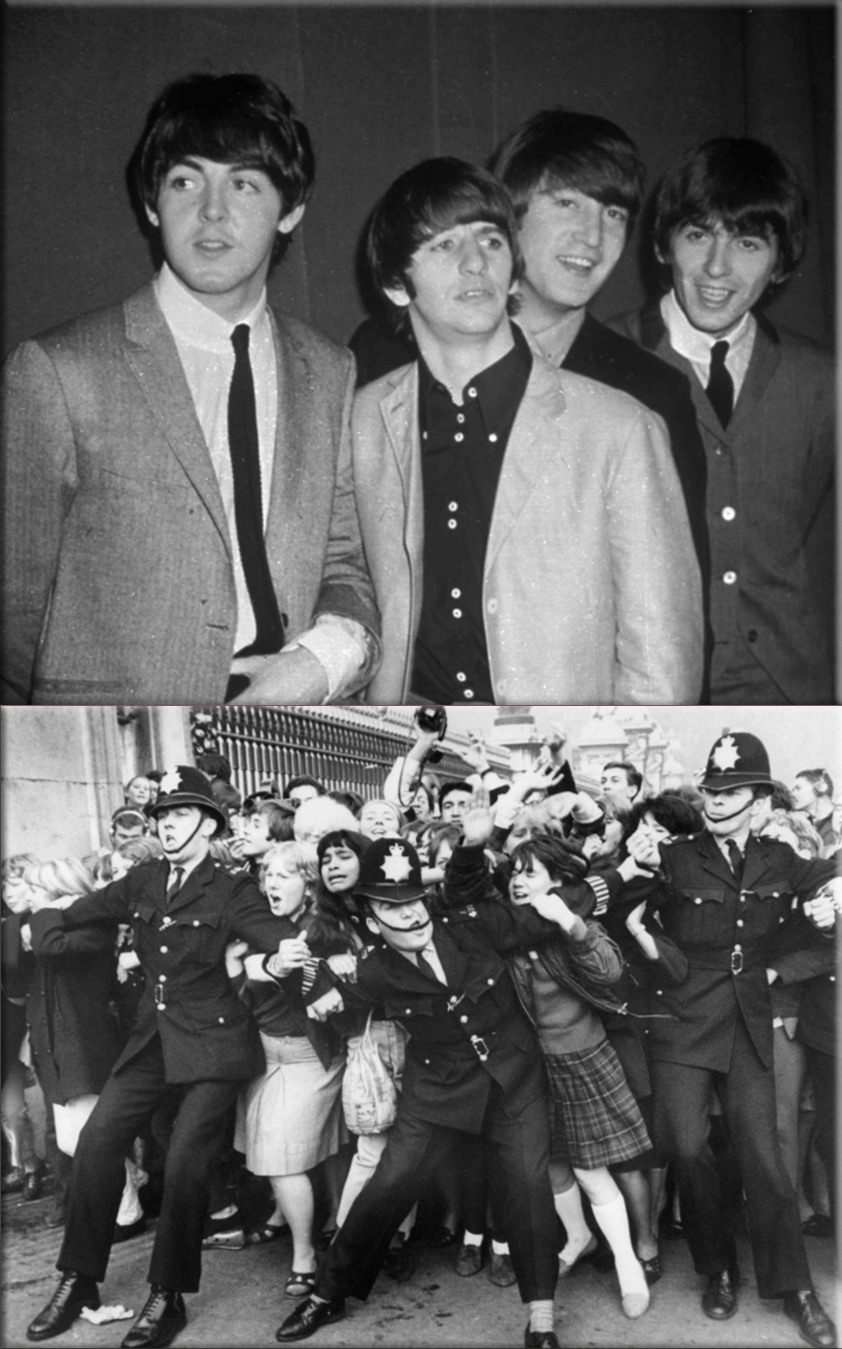

The Beatles' last public performance, on the roof of Apple Records in London. (The impromptu concert is broken up by the police.)
Wikipedia Photo: The Beatles – from left, Paul McCartney, Ringo Starr, John Lennon and George Harrison, November 1963 photo, credit AP; Beatles fans try to break through a police line at Buckingham Palace in London where the group were due to receive the Member of the British Empire (MBE) decoration from the Queen, October 26, 1965, credit Getty Images. The Beatles photos, Baltimore Sun. The Beatles – walking across Abbey Road; on the roof of the Apple studios building in London.
January 30th, 1972
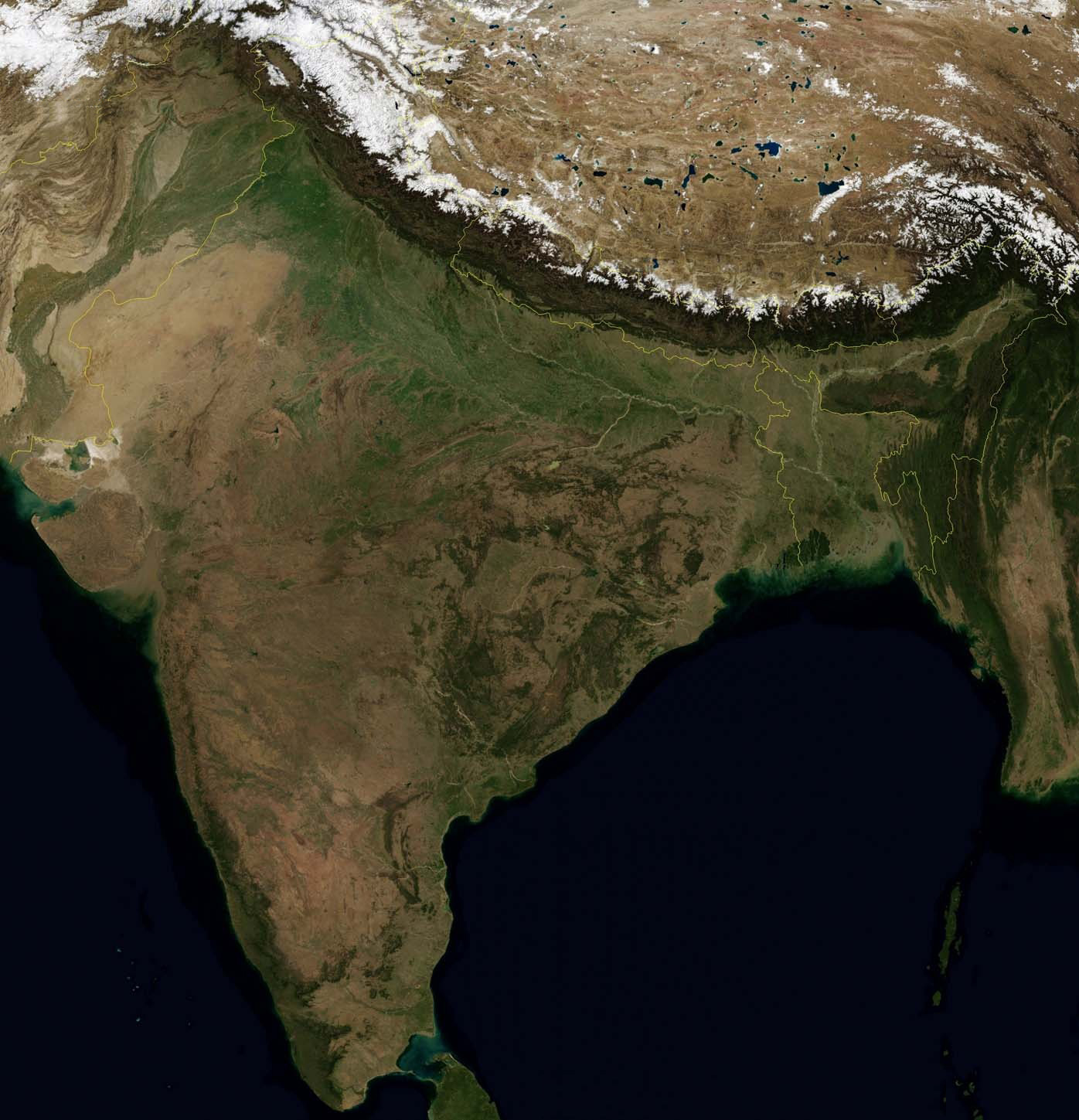
Indo-Pakistani War of 1971:
1972 - Pakistan withdraws from the Commonwealth of Nations
Wikipedia Image: Map Satellite India, Pakistan, Nepal, Bhutan, Tibet AR, Bangladesh.
January 30th, 1972
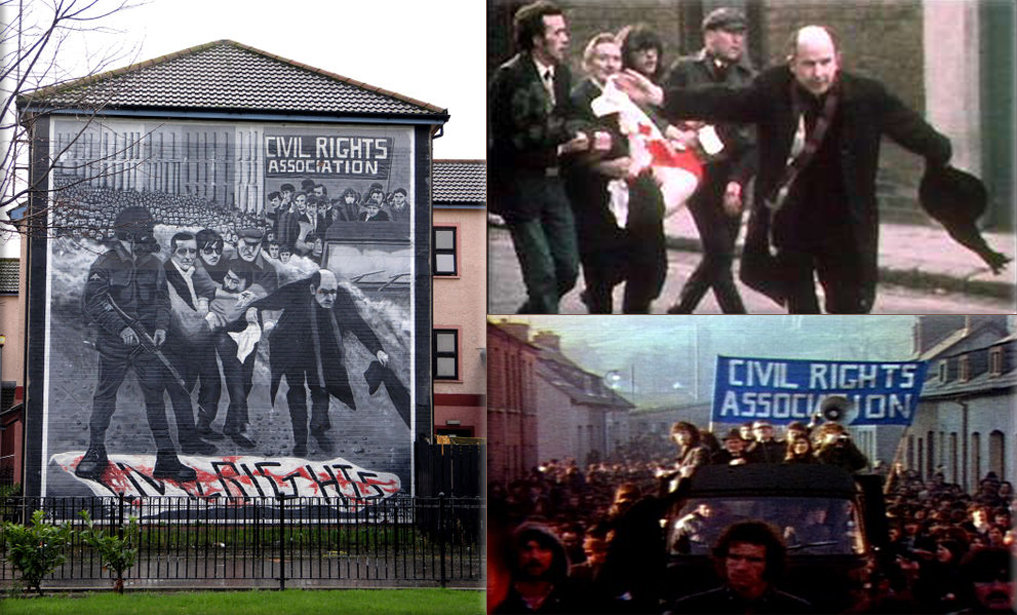
Bloody Sunday (1972): British Paratroopers kill fourteen unarmed civil rights/anti internment marchers in Northern Ireland
Wikipedia Photo: Bloody Sunday (1972): Mural by Bogside Artists on Free Derry Corner depicting Father Daly waving a white handkerchief while trying to escort the mortally wounded Jackie Duddy to safety. ● Father Edward Daly waving a blood-stained white handkerchief while trying to escort the mortally wounded Jackie Duddy to safety.
January 30th, 1979

Aviation accidents and incidents:
1979 - A Varig, 707-323C freighter, flown by the same commander as Flight 820, disappears over the Pacific Ocean 30 minutes after taking off from Tokyo.
2000 - Off the coast of Côte d'Ivoire, Kenya Airways Flight 431 crashes into the Atlantic Ocean, killing 169.
Wikipedia Photo: ● Pan AM 747 ● U.S. Airways flight 1549 also known as the "Miracle on the Hudson" navigates an exit ramp near Burlington, New Jersey, June 5, 2011 ● Passengers stand on the wings of a U.S. Airways plane as a ferry pulls up to it after it landed in the Hudson River in New York, Reuters ● US Airways plane crashes into New York Hudson River, Photo: AP
January 30th, 1982

Richard Skrenta writes the first PC virus code, which is 400 lines long and disguised as an Apple boot program called "Elk Cloner.
Wikipedia Image: Computer virus
